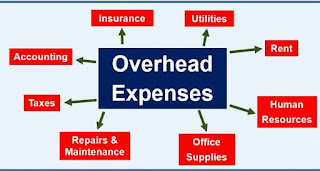Vocational Expert Opinions

Vocational Expert Opinions Also called “jobs experts” or “VEs”, vocational experts have specific training in Vocational Rehabilitation or Vocational Counseling. The VE forms an expert opinion on what jobs a claimant may be able to perform. Vocational expert opinions are often used in long-term disability claims. When a person files a long-term disability claim, the insurance company will often ask them to undergo a vocational assessment. This assessment will be conducted by a vocational expert who will determine the person's ability to perform the material duties of their occupation. If the vocational expert determines that the person is unable to perform the material duties of their occupation, then the insurance company may be required to pay benefits. The VE may come to the conclusion that there are no jobs available. Their expert opinion takes into account the claimant’s RFC, all restrictions and limitations caused by the impairment, and their age, education, background, ...









